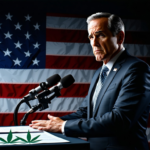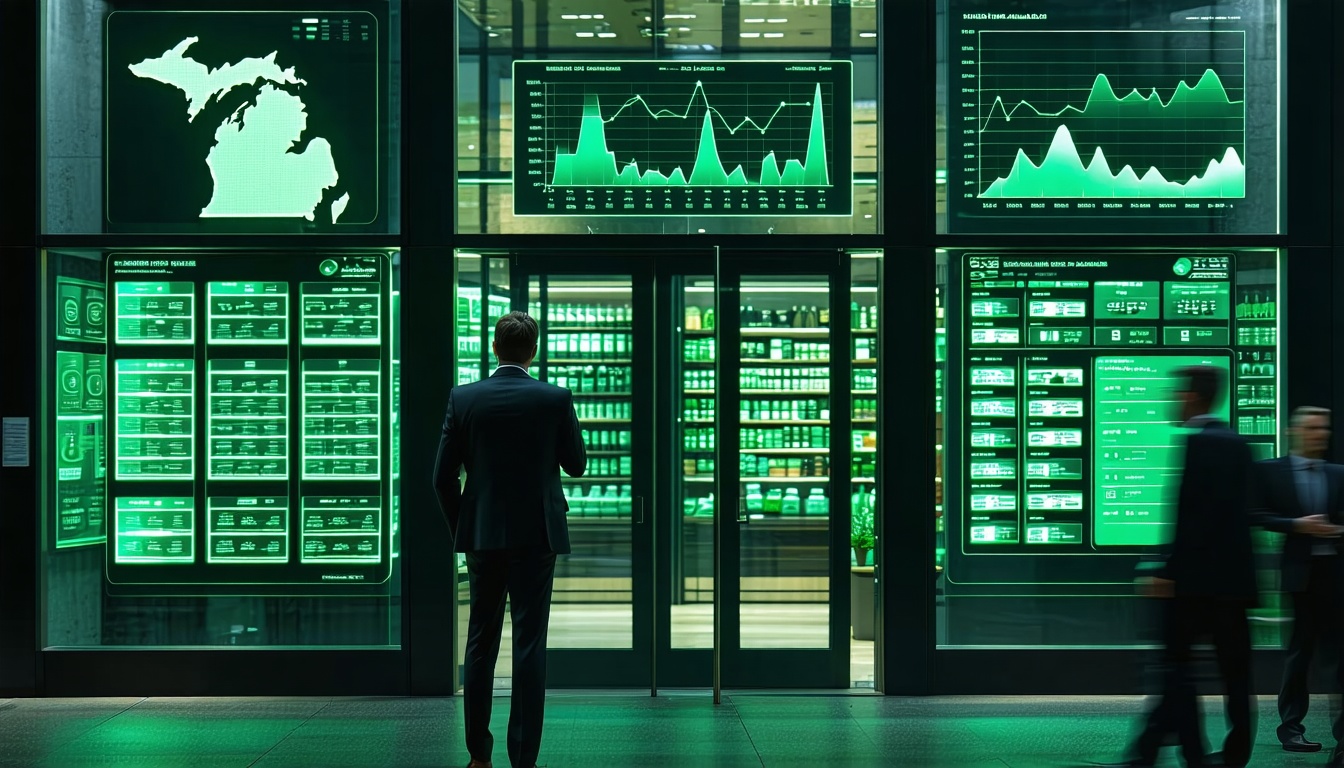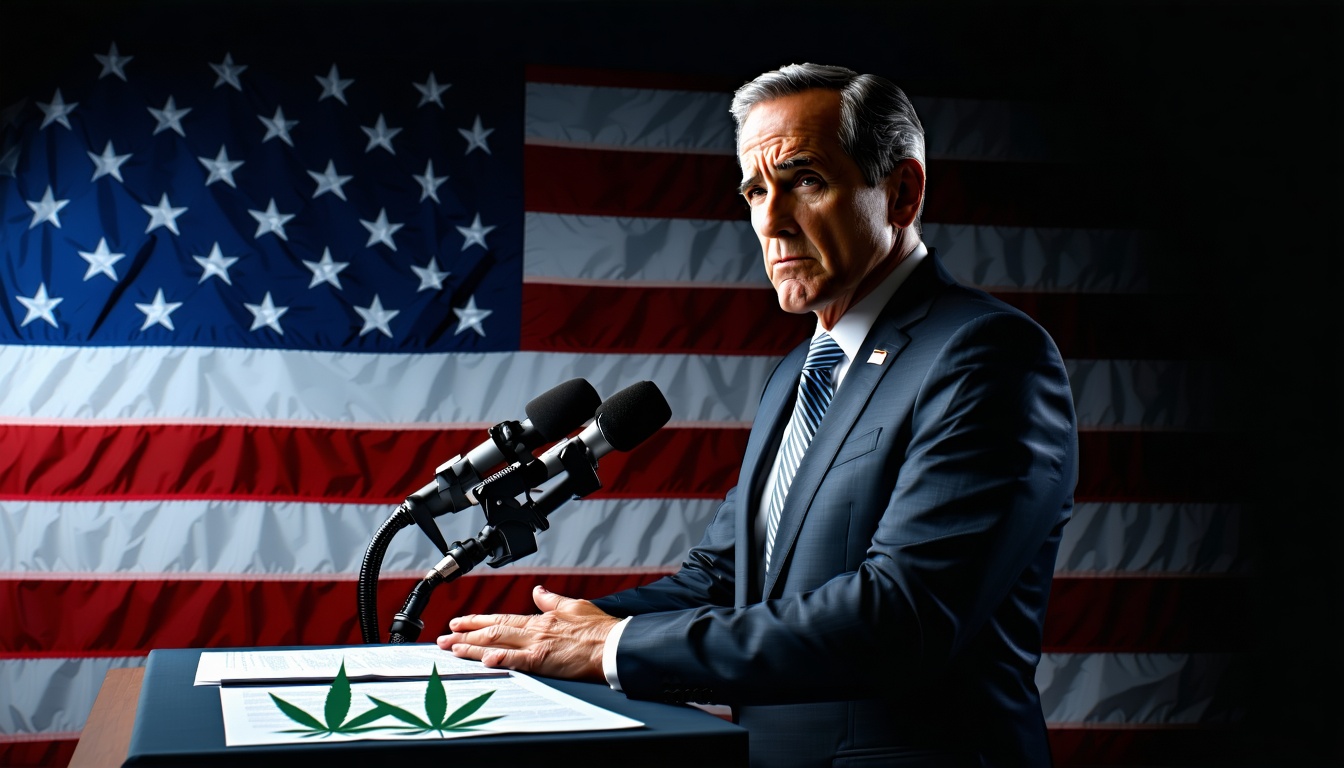As marijuana has become more widely available, many users are finding that the drug has become too strong for their liking. The average THC level in seized marijuana samples has tripled in the past 25 years, from 5% to 16%. However, most strains available in dispensaries today claim to be at least 20-30% THC, with some concentrated products reaching as high as 90%.
This surge in potency has led to a number of problems. For some, the high can be overwhelming and even dangerous. Reports have surfaced of people, particularly teenagers, experiencing short- and long-term “marijuana-induced psychosis,” which can result in hospitalization and even permanent brain damage.
The legalization movement has long argued that marijuana is relatively harmless, but the current state of the drug market suggests otherwise. The industry is dominated by large, well-financed companies that prioritize high-THC products over milder alternatives. This has created a market where consumers are often forced to choose between products that are too strong or too weak, with little in between.
One potential solution to this problem is government regulation. Currently, the lack of federal involvement in marijuana legalization means that products are not subject to the same safety and quality standards as other consumer goods. Some states have implemented limited regulations, such as potency caps on edibles and flower, but more needs to be done.
Descheduling marijuana would allow the federal government to establish a nationally standardized set of health and safety regulations for recreational use. This could include requirements for clear labeling, recommended dosages, and professional guidance for consumers. It would also enable private companies to run FDA-approved tests on their products and develop modern regulatory strategies that align with public-health standards.
Ultimately, the goal of marijuana legalization should be to create a safe and responsible market that provides consumers with real choice and information about what they’re using. By descheduling marijuana and implementing federal regulations, we can achieve this goal and ensure that the drug is used in a way that is beneficial to public health.












